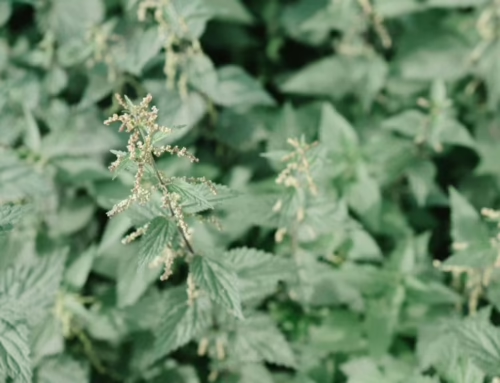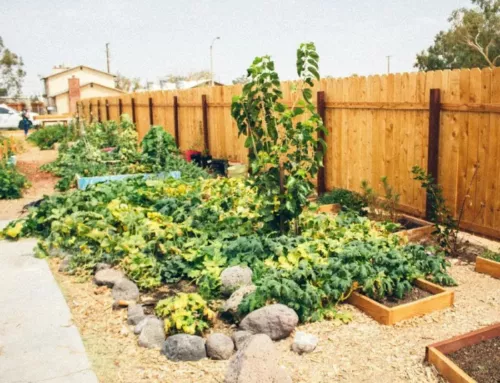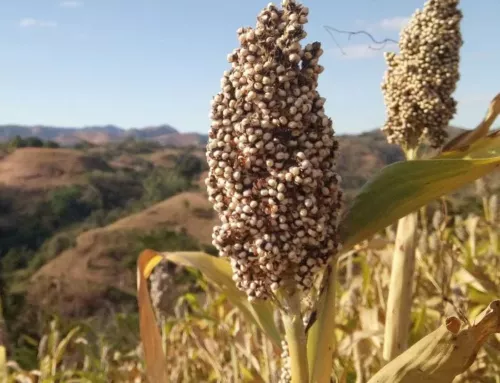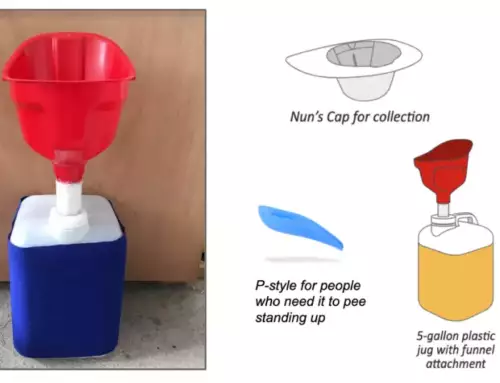By Caro Roszell, NOFA/Mass Education Director
What do the terms tilling and plowing mean to you? Furrow-slices rolling away behind you like a smooth wake in calm waters; a clean seedbed, chocolate-brown soil nearly ready for the crop? Or perhaps a machine, ripping through a quiet field, soil clods flying, dust rising and carbon oxidizing. Perhaps you have limited experience with farming, but you recall a scene from a favorite childhood film, The Secret of NIMH, in which Ms. Brisby—a cute talking field mouse in a little red cape—desperately struggles to relocate her children from the farm field before the menace of the plow destroys her home and her family.
Whatever your feelings about tillage, it may seem like a fundamentally inextricable part of agriculture itself. Yet the recent no-till farming movement challenges the necessity of tillage. Conventional no-till farmers report that they have slashed fertilizer inputs and increased profitability. Some proponents of the new regenerative farming movement (focused on improving soil health through farm management practices) advance organic no-till as a central practice and blame tillage for soil degradation, soil organic carbon losses, increased erosion, loss of fertility, and increased need for fertilizers and other inputs.
This new movement in agriculture follows advances in soil science that center its ecology and biology, where previously soil was more dominantly thought of as geology and chemistry (in other words, inanimate). With this shift, experimentation, debate, new organizations, grant opportunities and research have cropped up like weeds after a spring rain. Certainly the no-till farming movement’s soil health claims are increasingly well supported by research, but a question persists: What exactly is no-till farming? Which practices qualify?
Wikipedia defines no-till farming as “a way of growing crops or pasture from year to year without disturbing the soil through tillage.”
In an article on no-till farming, NRCS offered this explanation: “In no-till agriculture, the farmer uses a no-till planter to create a narrow furrow just large enough for seed to be placed. By not plowing or disking, cover crop residue remains on the surface, protecting the soil from crusting, erosion, high summer temperatures and moisture loss. Additionally, the soil structure remains intact and improves every year.”
These are helpful explanations, but questions remain— does a farmer have to forswear tillage for the rest of his or her career to be a ‘no-till farmer,’ or are tillage events acceptable every few years? What counts as ‘disturbing’ the soil? And are disking and plowing the only practices that qualify as tillage?
History of Tillage
We might start considering this question by asking what tillage means. The word can mean different practices to different farmers, and has contained different meanings through history. Is hoeing tillage? Hoeing is such an ancient practice that it is not clearly known when it began. But the practice of using power—either draft power, human, or mechanical—to pull an ard (early plow)—is estimated to be only 4000-8000 years old, while farming itself is estimated to between 12,000 and 23,000 years old.
And of course, plowing exists on a spectrum of intensity; the word acre in the 11th century Germany referred to the amount of land that an ox team could plow in a day—and plowing meant to slice the soil, not to flip it. By the 18th century, soil was being flipped over with the invention of the moldboard plow; by the end of that century soil was flipped over at a rate of 5-8 hours per acre. In the 1920s, tractors allowed plowing rates to increase to 50 acres per day—and today, top of the line technology can plow 150 acres per day.
Definition of Tillage
While modern drone-powered air-conditioned tractors hauling giant 21-bottom plows are clearly tilling, where does tillage end in farming? Even today’s self-proclaimed no-till farmers make slices in the soil to plant their crops. Some still rototill, setting the tiller to the highest setting and only tilling the top inch of their beds. Some use a different tool called the tilther, a lightweight battery-powered tool that tills the top inch of soil—which, points out Jeremy Barker-Plotkin (owner-operator of Simple Gifts Farm in Amherst MA) is still a form of tillage, even if it’s much shallower than the 12 inches often achieved with tractor-pulled plows.
“To me, a tilther is not no-till—to me a tilther is a mini-rototiller,” he explained. “The small-scale market gardeners who are calling themselves no-till are not using the same definition used by bigger-scale farmers or in the scientific community,” he continued. Even broadforking—which he sees as an extremely beneficial soil health practice—might be considered a form of tillage because it is shifting the soil, reducing compaction, and introducing air. This is part of what plowing is supposed to do, after all.
Julie Rawson, NOFA/Mass Executive Director and co-owner-operator of Many Hands Organic Farm (Barre, MA) has been experimenting with no-till systems on her own 3 acres of cultivated vegetable fields. She sold her tillage equipment several years ago and has since been experimenting with different combinations of methods to eliminate weeds and cover crops: sheet mulching with cardboard covered by hay, leaves or chips, tarping, hoeing and moving livestock through an area intensively. Since making the shift towards no-till, she has seen marked reductions in annual weed pressure but still struggles with the best way to control perennial weeds and terminate cover crops.
“I’ve had situations where I was trying to get rye out of a bed before planting, when I think we beat the hell out of the soil with a rogue hoe—to those who say that’s soil disturbance, I say- ‘yes, absolutely.’” She explained that, in their balance soil health and crop needs, the farm crew often has to be more aggressive with the soil than they would like to be. “I would say this year maybe 90% of our farm was genuinely no till but 10% of the cropland reveals that we weren’t effectively no-till, because after we planted the annual weeds came back… To me, you know you’ve tilled when you come back and you’ve got galansoga coming up in the beds. That’s your report card.”
A major pillar of Rawson’s current management strategy is to undersow a diverse mix of manageable cover crops into many of her vegetable crops, after the plants are large enough to compete with the green mulch. This helps support a diverse soil ecology, sequester more carbon, and Rawson finds that this method reduces pest and disease pressure in her crops. But this shift in methodology involved more than a change in her scientific understanding of pest-soil-plant dynamics:
“I think there is a mindset that needs to be changed among people. We have been taught through the generations that cleanly-cultivated fields are the ideal; single monocrops in neat rows with bare soil between. This comes from my childhood growing up in farm country, looking out the car windows and judging our neighbors’ corn fields and commenting on how ‘So-and-so has weeds coming up in his corn.’ It’s a deep internalized bias toward farm cleanliness. Changing one’s vision of what is beautiful on a farm and what is good management on a farm is part of the process.”
Conventional, Organic or No-Till
Most of the no-till farming that is happening in the US is conventional; it relies on herbicides to kill weeds, a previous crop, or a cover crop. While these farmers are not flipping over the soil, some definitions of no-till refer to not disturbing the soil. If our definition of soil includes both its geological and its living components, then one could argue that adding agricultural chemicals into the soil profile is disturbing the soil.
Skip Paul of Wishing Stone Farm in Little Compton Rhode Island manages 58 acres. Some of those acres are organic, but some are conventional. He is experimenting with no-till practices on both, though for him no-till is synonymous with tillage reduction. A respected innovator in the Northeast farming community, Skip is experimenting with a variety of methods of removing tillage-based soil interventions, but he maintains that if the circumstances require it, he will plow a field.
In talking with Skip, it’s clear that results are far more important to him than the passing fads of terminology.
“One of the things we have done is to purchase a high-clearance no-till grain drill. We used a grant to purchase this equipment*; it lets me drill a cover crop into my young broccoli in September. Then when the broccoli dies back, the cover crop fills in. It’s not really no-till but it’s a way of achieving what no-till is trying to do—you want something always living and growing in sequence.”
The difficulty of keeping living plants on the soil as much of the year as possible while also refraining from flipping the soil has been a difficult problem for organic farmers to solve on a large scale. “Most people in no-till are going to use a chemical to kill the crop or roll it over,” Skip said. “I’ve been using a roller crimper but it doesn’t work on rye. I’ve tried using a clove-based organic spray, but that didn’t work.”
Aggravatingly, higher soil health and fertility can compound the problem of killing the cover crop. “Especially if your fertility is really high, you end up with a rye crop that won’t die and then you can’t use it as a no-till field,” he pointed out.
Like most farmers in the Northeast who are trying to reduce their tillage organically, Skip has seen Bryan O’Hara (Tobacco Road Farm, New Lebanon, CT) speak at various NOFA chapter conferences, and admires his system. “Bryan O’Hara lets the rye grow up and then he uses a flail mower to cut it down and then covers with a greenhouse plastic and at 140 degrees it dies back. He can then plant into that.” But Bryan is farming on a much smaller scale than Skip, and this system isn’t yet scalable.
On a large scale, Skip suggested, it might be that no-till with chemical inputs is a more regenerative method than tillage-based organic farming. “The conventional no-till growers are building organic matter at very impressive rates compared to tillage-based organic farms. Their Cornell Soil Health scores are really high; they’re doing something right.”
Noah Courser-Kellerman (Alprilla Farm in Essex, MA) is an organic farmer who is also passionate about soil health; like Skip, he is experimenting with many soil-health building and climate-friendly practices. For Courser-Kellerman, these practices include animal integration, draft power, and local grain production. He had a thoughtful approach to the question of defining agricultural practices:
“My overall opinion is that we get ourselves into trouble when we over-categorize things; sometimes in movements people are either in or out. I’m put off by ‘scenes’ in farming. Because the organic farming movement is so focused on being ‘good,’ we sometimes let the perfect be the enemy of the good. Meanwhile there are plenty of farmers who are trying to build soil health but don’t fit into the no-till definition.”
Jeremy Barker-Plotkin echoed this idea when discussing the animal integration at Simple Gifts Farm. He and his business partner, Dave Tepfer, have built an impressive amount of soil fertility over their twelve years farming formerly degraded land; part of the way they do this is by putting a third of the vegetable land into species-diverse pasture each year and intensively moving livestock (cattle, pigs and laying hens) through that land before converting it back to cropland. This practice has been integral to the farm’s soil restoration strategy, but it wouldn’t be viable without the use of mechanical tillage to convert the pasture back to cropland.
“We’re working reduced tillage systems to see what we can do—we’re looking at no-till drills and ways to use animals to terminate forages and then plant into it; there are options out there—we haven’t figured out what they are yet,” Barker-Plotkin explained.
He added, “to me the idea that you want to completely eliminate tillage is not such a useful idea. Calling it reduced tillage is more accurate.”
For Rawson, the most important metric for management practices is whether they build soil carbon. “That’s what we’re really after. Our goal is soil carbon sequestration. Our goal is not no-till—that’s just a way to get there.”
To learn more about no-till farming, soil health, regenerative farming, and organic farming and gardening, you can register for the NOFA/Mass Winter Conference (we have a no-till farming track this year) and check out our upcoming events. From 2019-2021 we will have several on-farm events per year spotlighting tillage reduction practices, via a grant from NRCS.
*The ACRE grant is a $1M fund to promote no till, equipment purchases and other healthy soils practices. Accepting applications now through mid-November. Funding is up to $50K per applicant:https://www.mass.gov/service-details/agricultural-climate-resiliency-efficiencies-acre-program





